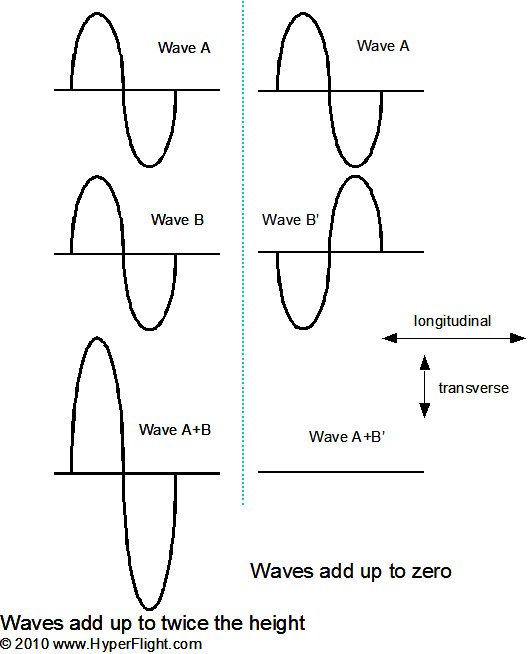Part 2: Sound and hearing
The Basics of Sound
Sound arrives at the ear in form of periodic variations in atmospheric pressure called sound-pressure waves. When these waves hit your eardrum, the signal travels to your brain where it is then interpreted as sound.
All waves have seven characteristics. These characteristics are:
•Amplitude
•Frequency
•Velocity
•Wavelength
•Phase
•Harmonic content
•Envelope
All waves have seven characteristics. These characteristics are:
•Amplitude
•Frequency
•Velocity
•Wavelength
•Phase
•Harmonic content
•Envelope
Amplitude
Amplitude can be described as how loud a sound is. In technical terms, this is how far away from zero a wave travels. In this example of a sine wave, the bold line that travels through the wave is zero decibels. The amplitude, Frequency, and Wavelength are labeled in this example. Amplitude is the distance above and below the centerline of the waveform.
Frequency
Frequency is how often the waveform repeats. You can see that for simplicity, I have labeled the peaks of the wave. Every time that a peak occurs, is one wavelength (one can measure wavelength from any point on the waveform. But for simplicity, I have chosen the peaks of the waveform. The higher the frequency, the higher the pitch.
Velocity
Velocity is how fast a wave travels through a medium (such as air). Many experiments have been done, and we know that sound travels through air at approximately 1130 feet per second. The temperature of the air and medium affects greatly the speed of a wave. A wave will travel through cold air slower than it will through warm air.
Wavelength
The wavelength of a waveform (represented by the greek lambda λ) is the physical distance in a medium between the beginning and end of one cycle.
It is calculated using:
λ=V
f
Where V is the velocity and f is frequency
Phase
Because a cycle can begin at any point on a waveform, it follows that whenever two or more waveforms are involved, their relative amplitudes can, and often will be different at any one point in time. In this case, the two waveforms will be added to each other to create a louder sound than originally.
Notice that the two waves on the right are perfectly in phase with each other, thus their amplitudes are added to each other making the overall wave twice as loud. On the right, however, the two waves are perfectly out of phase with each other, thus the resulting wave is nothing. This is extremely difficult to do in nature
Harmonic content
Up to this point, all we have discussed was the sine wave, which is a pure tone without harmonic content. The sine wave is made up of a single frequency that produces sound at a specific pitch. Musical instruments create what are called harmonics that give it its unique sound as an instrument. For example, a guitar has different harmonic content from an oboe, or a violin.
Envelope
Each noise has what is called an envelope. An envelope is defined as a unique difference in amplitude from onset to release of a noise. Each sound has four distinct stages in the envelope. These stages are:
•Attach
•Decay
•Sustain
•Release


